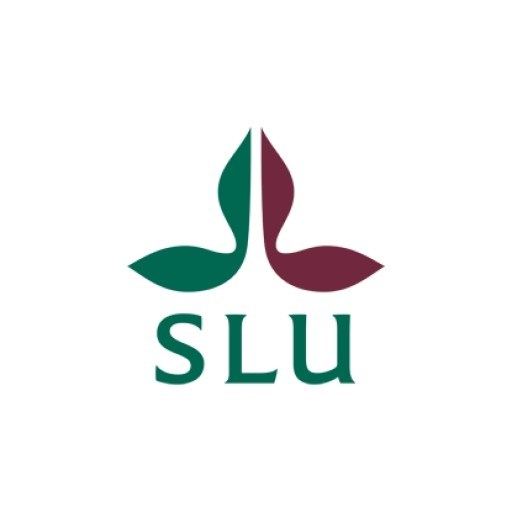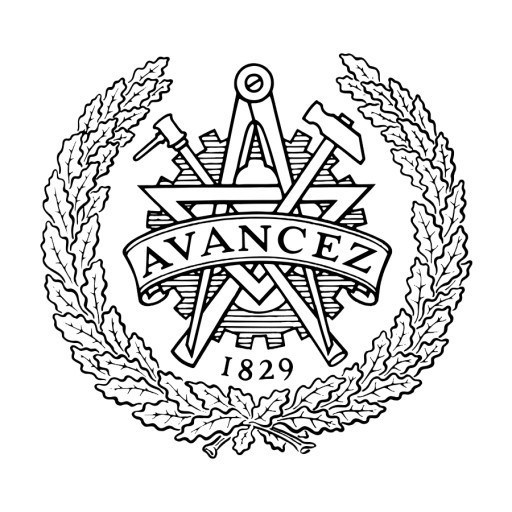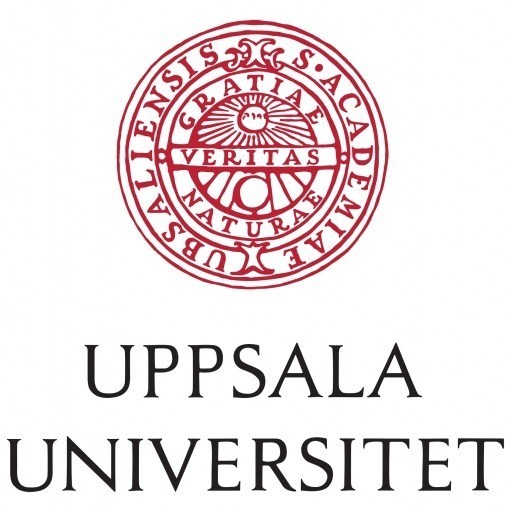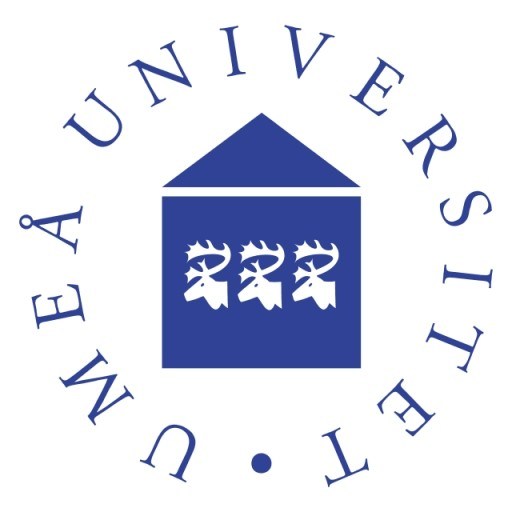Photos of university / #slu.student
Management of Fish and Wildlife Population is a comprehensive master's program offered at the Swedish University of Agricultural Sciences designed for students who are passionate about conserving and sustainably managing aquatic and terrestrial ecosystems. This program provides an interdisciplinary approach, integrating biology, ecology, environmental sciences, and resource management to prepare graduates for effective stewardship of fish and wildlife populations. Students will gain in-depth knowledge of population dynamics, habitat assessment, conservation strategies, and policy development. The curriculum includes courses in ecology, population modeling, habitat management, and sustainable use of natural resources, complemented by practical fieldwork and research projects. The program emphasizes hands-on experience through internships and collaborations with forestry, fisheries, and environmental agencies, ensuring that graduates are well-equipped to address real-world challenges in wildlife and fish management. Graduates will be prepared for careers in government agencies, environmental organizations, research institutions, and the private sector, where they can contribute to the conservation and sustainable use of natural resources. The program also fosters critical thinking, problem-solving, and communication skills, essential for developing effective management plans and policies. With access to state-of-the-art facilities and expert faculty, students will explore innovative approaches to biodiversity preservation, invasive species control, and climate change adaptation. The program encourages international collaboration and offers a curriculum that aligns with global conservation efforts, preparing students to work effectively across borders. Graduates will earn a Master of Science degree, qualifying them for advanced research positions or doctoral studies in related fields. Overall, Management of Fish and Wildlife Population aims to develop skilled conservationists dedicated to maintaining healthy, sustainable populations of fish and wildlife for future generations.
Management of Fish and Wildlife Population is a comprehensive master's program offered by the Swedish University of Agricultural Sciences, aimed at training professionals capable of managing and conserving aquatic and terrestrial animal populations. The program focuses on providing students with a deep understanding of the ecological, biological, and environmental factors influencing fish and wildlife populations, alongside practical skills necessary for their management. Students will explore topics such as population dynamics, conservation biology, ecosystem management, and sustainable harvesting techniques. The curriculum encompasses both theoretical coursework and applied projects, enabling students to develop the analytical and decision-making skills essential for effective management practices.
Throughout the program, students will gain knowledge of the mechanisms driving population fluctuations, factors affecting biodiversity, and the impacts of human activity on natural ecosystems. They will learn to design and implement management strategies that promote sustainable use and conservation of fish and wildlife resources. The program also emphasizes the importance of ecological monitoring, data analysis, and the use of modern technology such as GIS and remote sensing in management practices. Students are encouraged to critically evaluate conservation policies, develop management plans, and participate in fieldwork and research projects.
The diverse expertise of faculty members, combined with collaborations with national and international organizations, offers students unique opportunities for practical training and networking. Graduates of this program will be well-equipped for careers within natural resource management agencies, environmental consultancy firms, research institutions, and conservation NGOs. By integrating ecological theory with practical management approaches, the program aims to contribute to the sustainable preservation of fish and wildlife populations for future generations.
Admission requirements for the Master’s Programme in Management of Fish and Wildlife Population at the Swedish University of Agricultural Sciences typically include a bachelor's degree or an equivalent qualification in a related field such as biology, ecology, environmental science, or natural resource management. Applicants are expected to have completed coursework that demonstrates a solid foundation in biological and ecological principles, including courses in ecology, conservation biology, statistics, or related subjects. Proficiency in English is mandatory; therefore, applicants must provide evidence of English language skills through standardized tests such as IELTS or TOEFL, meeting the university's minimum score requirements.
Additionally, relevant work experience or prior practical experience in wildlife management, fisheries, or conservation projects may be considered advantageous but is not strictly mandatory. The selection process emphasizes academic performance, motivation, relevant experience, and the applicant’s potential to contribute to the field. As part of the application, candidates are typically required to submit a CV, a motivational letter explaining their interest in the programme and career goals, and official transcripts documenting completed degrees and coursework.
In some cases, the university may require an interview or additional assessments to evaluate the applicant’s suitability for the programme. This programme is designed for students with foundational knowledge and a strong interest in sustainable management, conservation policies, and ecological research relating to fish and wildlife populations. Given the interdisciplinary nature of the subject, a multidisciplinary academic background is often valued. Applicants are encouraged to demonstrate their motivation and commitment to the field in their application materials. Overall, the entry criteria aim to ensure that admitted students possess the necessary academic background, skills, and motivation to succeed in advanced studies and contribute effectively to sustainable management practices in fisheries and wildlife conservation.
Financing studies for the Management of Fish and Wildlife Population program at the Swedish University of Agricultural Sciences are primarily covered through a combination of government funding, university scholarships, and student financial aid systems. As a Swedish and European Union member, Sweden offers a range of financial support options for students enrolled in master's degree programs. Students from the European Union/EEA typically pay tuition fees that are subsidized by the Swedish government, and many students are eligible for state study loans and grants through the Swedish Council for Higher Education (CSN).
International students from outside the EU/EEA are subject to tuition fees, which vary depending on the program but are designed to be competitive within the European higher education landscape. To support international students, the university participates in scholarship programs such as the Swedish Institute Scholarships for Global Professionals, which cover tuition fees and sometimes living expenses.
Additionally, students may seek external funding through research grants, external scholarships, or part-time work opportunities available on or near the university campus. The university also provides financial guidance and counseling to assist students in planning their finances throughout the duration of their studies. Some students may qualify for loans or stipends that assist with living costs, accommodation, and course materials.
Program-specific financing may include research assistantships or funded projects connected to wildlife and fishery management research initiatives. These funding sources often provide both financial support and practical research experience, enhancing the student’s academic and professional development.
In summary, financing of the Management of Fish and Wildlife Population program is multifaceted, encompassing institutional, national, and international sources. Students are encouraged to explore scholarship options early and to utilize university resources for financial planning. The overall aim is to ensure accessibility and support for students pursuing studies in this vital field of ecological and environmental management.
Management of Fish and Wildlife Population is a specialized master's program offered by the Swedish University of Agricultural Sciences (SLU). The program is designed to provide students with comprehensive knowledge and practical skills necessary for sustainable management and conservation of fish and terrestrial wildlife populations. It combines principles from ecology, biology, environmental management, and policy to prepare graduates for roles in wildlife conservation, fisheries management, and environmental assessment.
Students enrolled in this program gain expertise in population dynamics, habitat management, conservation strategies, and legal frameworks relevant to wildlife and aquatic resources. The curriculum includes courses in population ecology, habitat assessment, conservation biology, resource management, and environmental law. Additionally, the program emphasizes hands-on experience through fieldwork, data analysis, and use of Geographic Information Systems (GIS) for spatial planning and management.
Graduates of the program are equipped to work in various sectors such as governmental agencies, environmental consultancy firms, non-governmental organizations, and research institutions. They can participate in developing management plans, conducting environmental impact assessments, and implementing conservation projects aimed at preserving biodiversity and ensuring sustainable use of natural resources.
The program is typically offered in English and is suitable for international students interested in environmental conservation and resource management. Students also benefit from the university’s strong network of research partners, practical training opportunities, and access to Sweden’s rich natural landscapes for field studies. Overall, the Management of Fish and Wildlife Population program prepares students to address global challenges related to biodiversity loss, climate change impacts, and human-wildlife conflicts through science-based management approaches.









